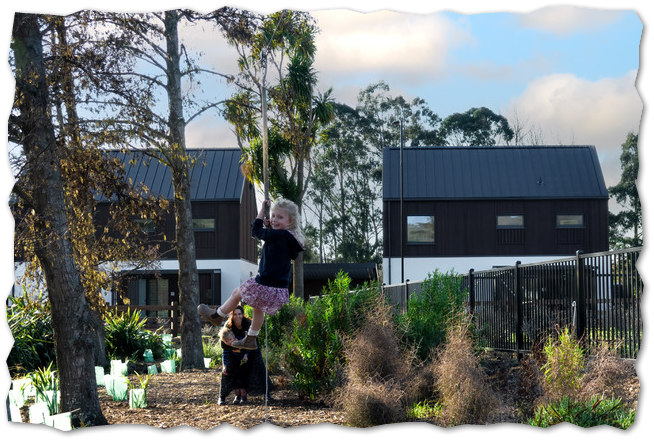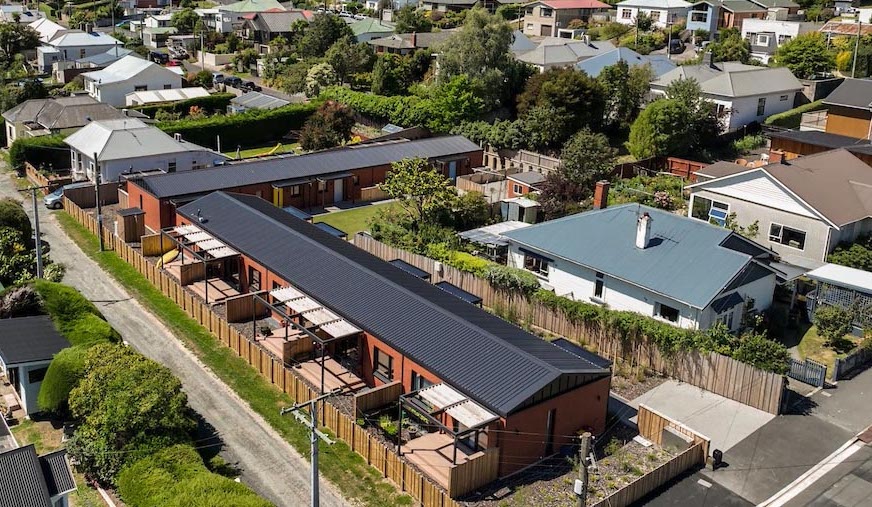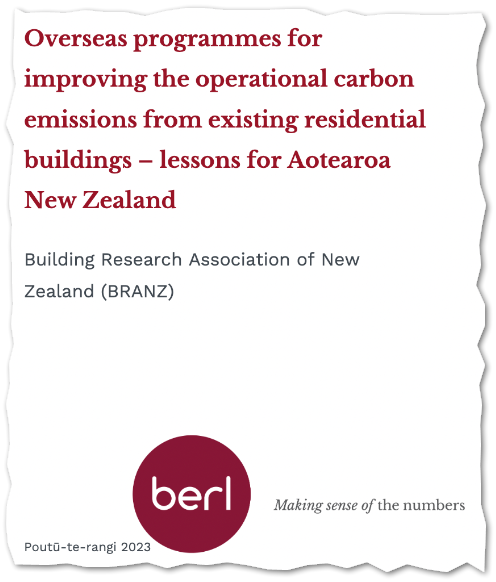Large-scale retrofit programmes to improve New Zealand housing would generate huge benefits, according to a recent report by BERL: $50 billion in health and energy savings and over $116 billion in broader well-being benefits, depending on the level of investment in retrofitting homes. The report examined international retrofit projects and investigated the economic impacts of a large scale programme. Three …
Embodied carbon tools from NZ Green Building Council
The NZ Green Building Council undertook detailed consultation into what its clients needed to assess embodied carbon. It has released a suite of tools to assist with measuring, verifying and comparing embodied emissions in new buildings and major refurbishments. “The built environment, including infrastructure, contributes 20% of New Zealand’s emissions,” it notes on the release page. “Reducing embodied carbon is …
Q&A with Jason: explain heating load vs demand
Q. What is the difference between heating demand and heating load and how is each measured? How do these numbers impact on Passive House certification? A. Both these numbers are important. Passive House certification sets an upper limit for both these metrics: breach both and you’ll miss out on certification. However, the point of measuring these two things is to …
“The most sustainable house is the one you don’t build”

New Zealanders have a vast job ahead retrofitting existing housing stock. Massively improving the thermal performance and energy efficiency of existing residential buildings is not optional if we are to meet our carbon emissions reduction commitments. Work in progress by architect and Passive House designer Murray Robertson is highlighting the feasibility of deep retrofits to particular types of New Zealand …
Owners loving Bushland Park’s first Passive House homes

Bushland Park set out to be New Zealand’s first Passive House subdivision and builders Ethos Homes boldly built the first two homes on spec. The build went smoothly but the two homes’ auction date coincided with a stalled housing market and a glut of ordinary but shiny homes coming up for sale in Christchurch. Since then, house prices have fallen …
Is natural plaster airtight?

UPDATE Aug 2023 This project’s final blower door test showed a significant improvement in airtightness, which qualifies the initial commentary made below at the time of the preliminary test. The final result is 0.32 ACH. The project team attribute the improvement largely to the completion of the second layer of plaster. A repair to a tiny air leak in one …
Momentum gathering on multi-occupancy Passive House projects

Architype in Dunedin has notched up another Passive House win, with successful certification of the country’s first social housing units. Our case study notes the challenges that were met with regard to budget and design time and how the designers drew on what they’d learned working on Toioroa High Street, Dunedin’s cohousing development and first multi-occupancy Passive House project in …
Aus leads way on educational Passive House buildings

A private childcare centre operator in Canberra, Australia had the foresight more than five years ago to build facilities to Passive House standards. Her aim was to build the healthiest and most sustainable childcare centre in Australia. At time of certification Torrens Early Learning Centre was the only privately-owned Passive House educational facility in the world. Windows were carefully designed …
Just a matter of time

I’ve always said: once you’ve lived in a certified Passive House home, you wouldn’t settle for anything less. I’d better change that to ‘once you’ve lived or worked…’ because these motivated young builders at the top of the south live in an old villa but work in a certified LEB office. They built it in part to demonstrate to clients …
